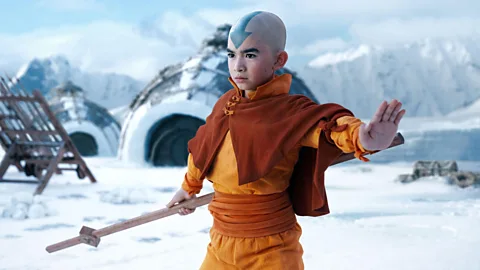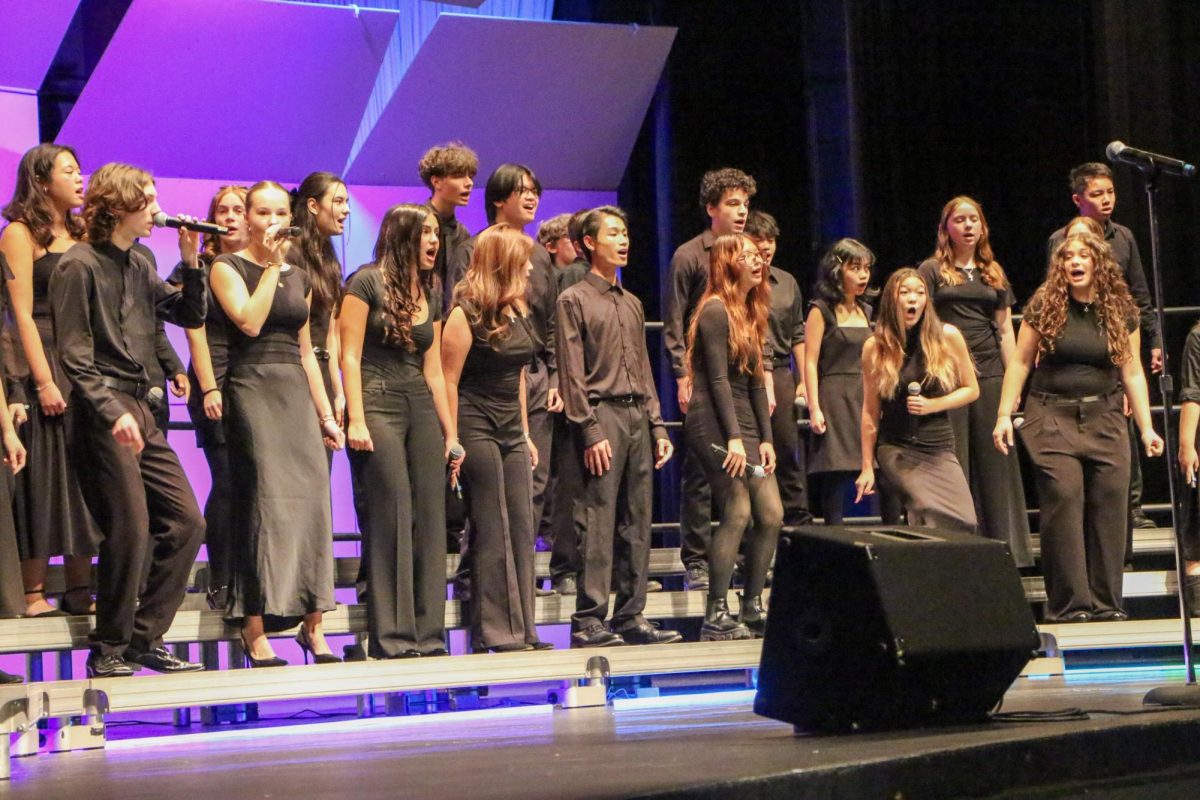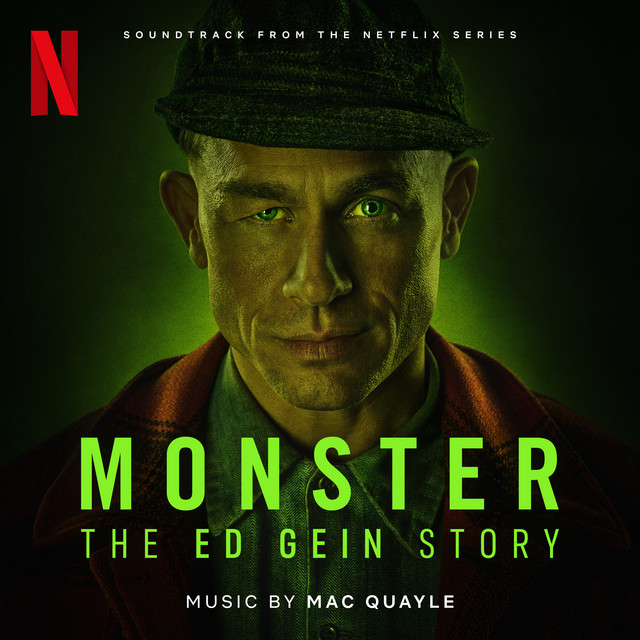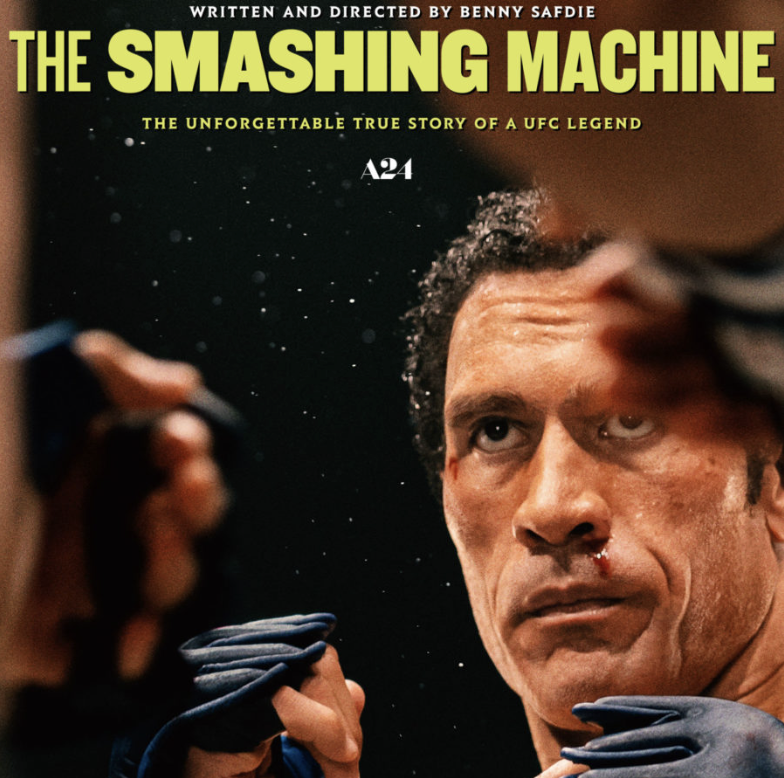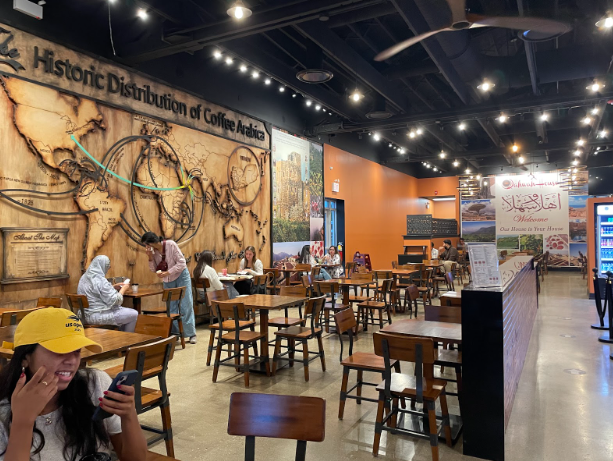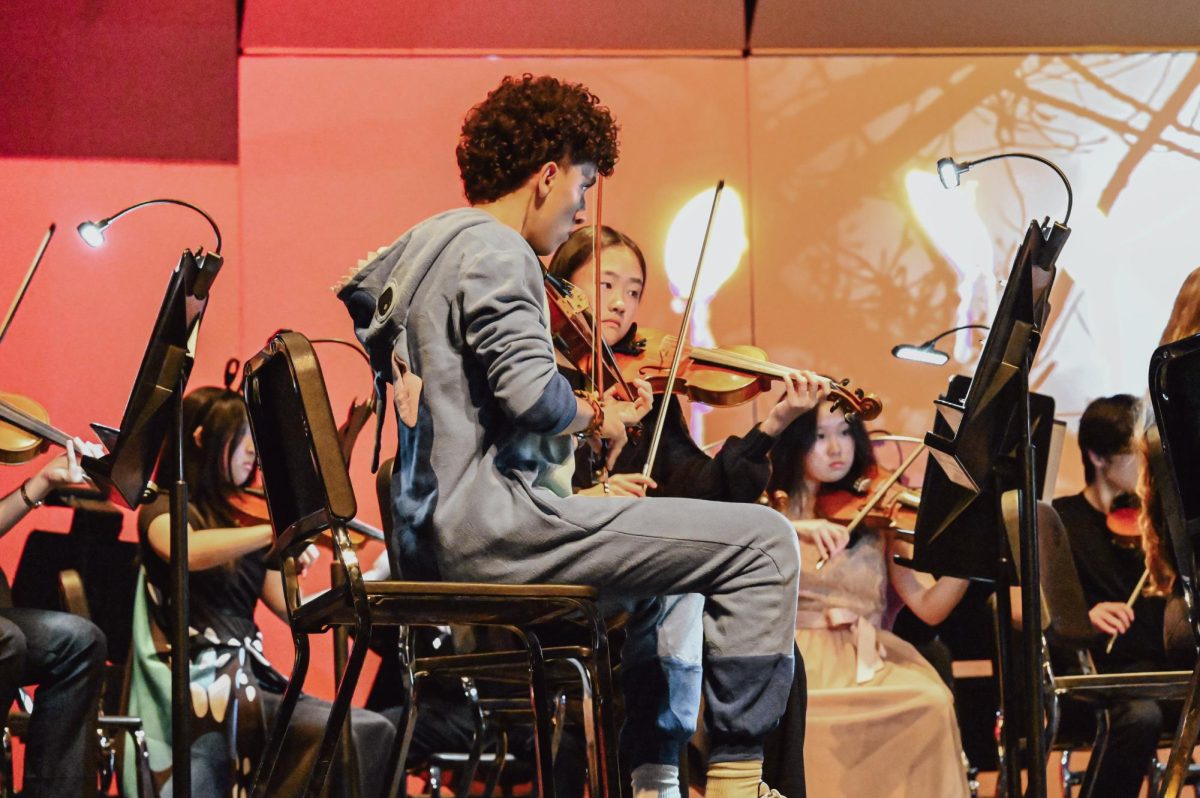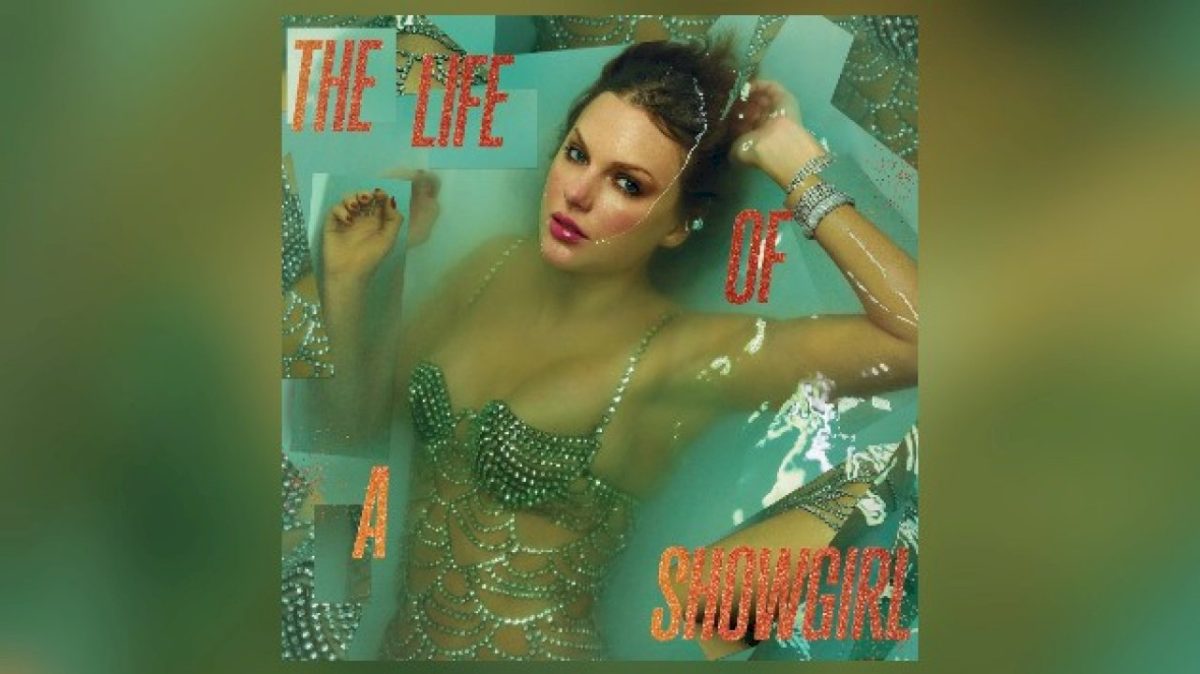It’s 2005. Nickelodeon still had incredible shows, like “Danny Phantom,” “Drake and Josh,” “The Fairly Oddparents,” “Lazy Town” and the fan-favorite animated franchise, “Avatar: The Last Airbender.” Co-created by Michael Dante DiMartino and Bryan Konietzko, the show rapidly became a fan-favorite among most demographics. When Netflix announced a reimagined live-action “Avatar,” television series, produced by the same people who started it, excitement flooded the Internet, before quickly dying down as the pair left the production due to “creative differences.” Upon its release on February 22, 2024, now directed by Michael Goi, it was hard to live up to the original standards.
The live action remake includes the iconic beginning of “long ago, four nations…,” however it was narrated by a different character than in the animation. In addition, it felt like there was a use of AI– it looked off. However, this was not much of a deterrent, since the show already showcased impressive CGI in the exciting reveal of the air nomads fighting the Fire Nation. The original always referenced it, displaying the Air Temple in ruins, but the live-action began with what really happened, as well as portraying what the dynamic between the Air Nomads was like before they were almost completely wiped, except for our hero, Aang, played by Gordon Cormier. It really lends to the horror and brutality of the Fire Nation.
The set designs were intricate and impactful; while there is little world building through the narrative, there is a lot of visual storytelling. In animation, especially hand-drawn animation, world building through design can be more difficult. However, live action allows for that kind of freedom.
As for the characters, the casting was so well done. Each character looks almost identical to the original, even nailing mannerisms, such as the movements of bending (a superpower in the show, given to those in the nation; e.g, Fire Nation = firebending, Water Nation = waterbending, etc) and martial arts, marrying it beautifully with special effects.
However, while the actors looked great, the burnt, angry look of Zuko, played by Dallas Liu, didn’t translate well– it really only looked like Zuko got into a fight with a mob and received a black eye rather than being scarred by his father. Liu’s acting was very on point, living up to the standards of the 2000s villain-to-good guy sweetheart.
Paul Sun-Hyung Lee‘s performance was weak, but its understandable — Iroh is a very difficult role to live up to. The writing for him was quite good for him, though. Sokka, played by Ian Ousley, was superb. The facial expressions were hilarious to watch. It can be difficult to recreate his annoyed look, since animation tends to exaggerate the human face, but Ousley was able to match Sokka’s tone and dry humor in the original as well as the way he acts. Azula, Elizabeth Yu, and Katara, Kiawentiio, were fascinating to watch as well. Kiawentiio’s voice was very commanding and Yu’s was much more dangerously tender, fitting their roles perfectly.
The relationship between Aang, Sokka and Katara did not feel like it was developed well, leading to a lack of investment. Half the time they’re separated and the other half when they are together, they barely have any banter or meaningful dialogue that isn’t focused on their objectives, so it felt hollow, whereas the original had a lot more witty banter that built on the characters personalities and backstories. It’s understandable there’s only so much to fit into eight episodes (each an hour long), but there were scenes were it could have provided more.
While some of the writing felt corny, it made sense in the context of the show– they are supposed to be children, ranging from 13 to 15. Having these kids talk in a more mature way would seem awkward and not relatable.
The plot isn’t the problem so much as the pacing– a lot of the characters verbally spelled out every bit of their own traits and emotions when it could have just been written on the faces of the actors.
In order to keep from angering die-hard fans but also ensuring new viewers enjoy the allure of the show, the remake cleverly pays homage in subtle ways that make the series a little more entertaining. It felt like there was a lot of care put into the design and makeup of the Kyoshi warriors, keeping it as close to the original as possible, as well as in the choreographic fight scenes. The hand-to-hand combat was thrilling, even adding a sprinkle of colorful, chaotic street fights that ends not with a victor, but a cameo from the fan-favorite produce vendor wailing over his ruined cabbages.
Another nod to the original was the use of the music from the soundtrack. So many live-action remakes attempt to create an “original OST,” so this was a very refreshing take. The show, on its own, was able to create something visually gorgeous and striking, straying from a shot by shot recreation, and instead building its own epic that embraces the themes and tone of is source material.
Overall: better than the movie, not as good as the original show. But truthfully, that isn’t an insult. The original will always have an air of nostalgia, creative wonder and just fabulous story-telling. Maybe leave the live action fantasy to Game of Thrones.


